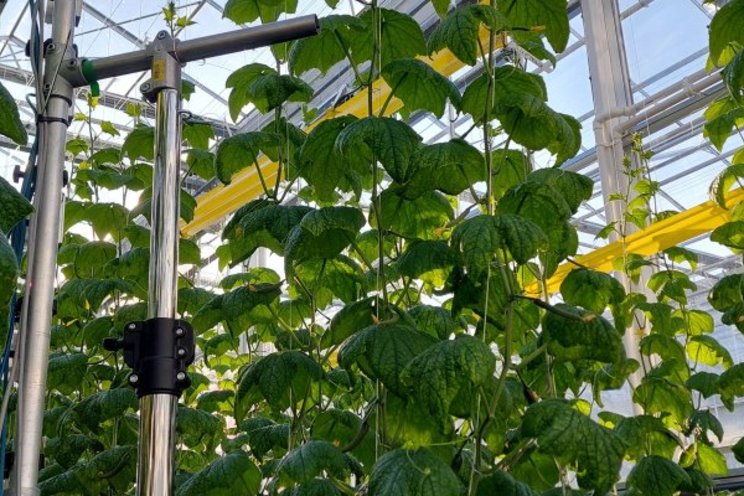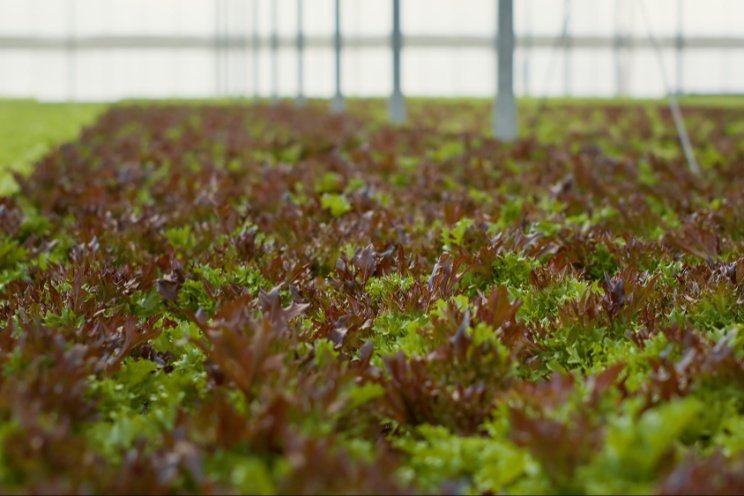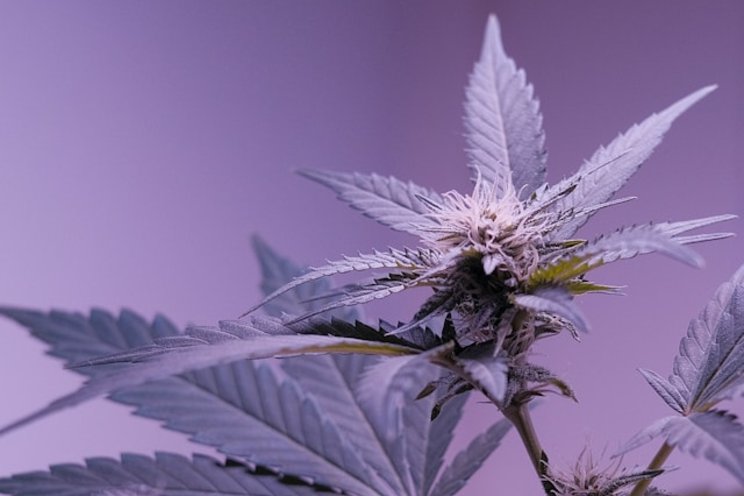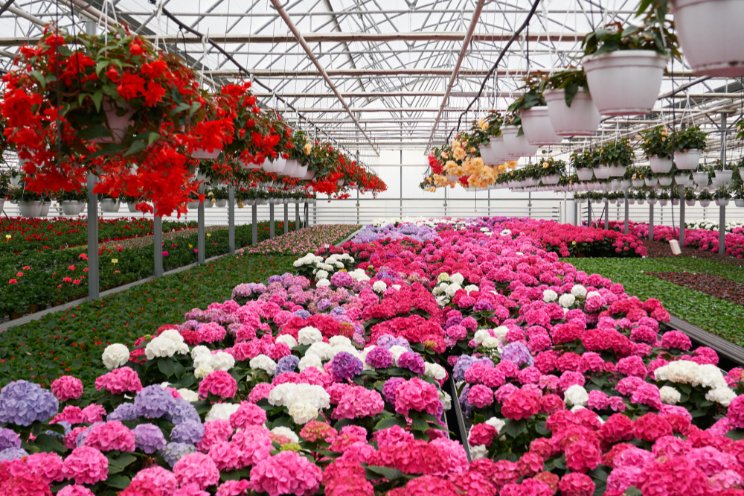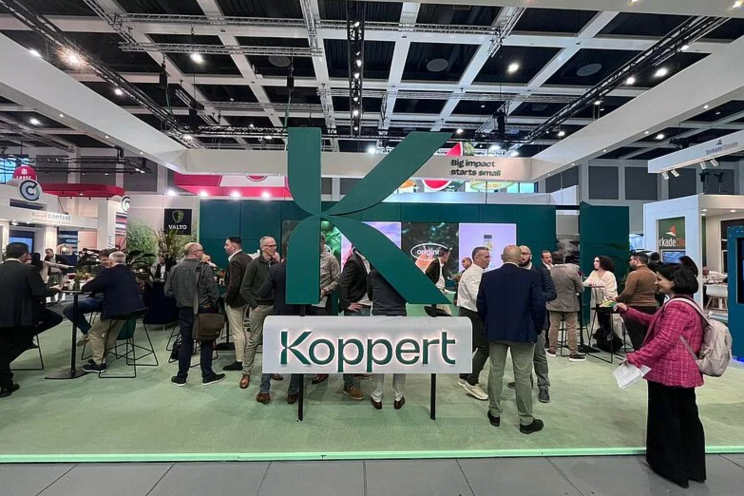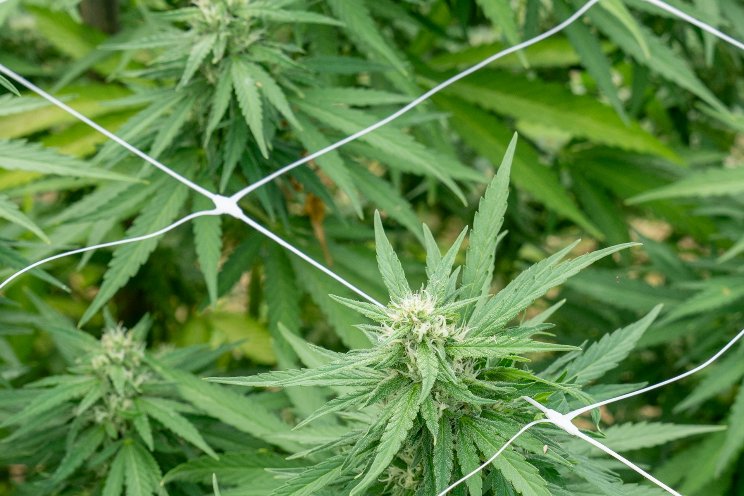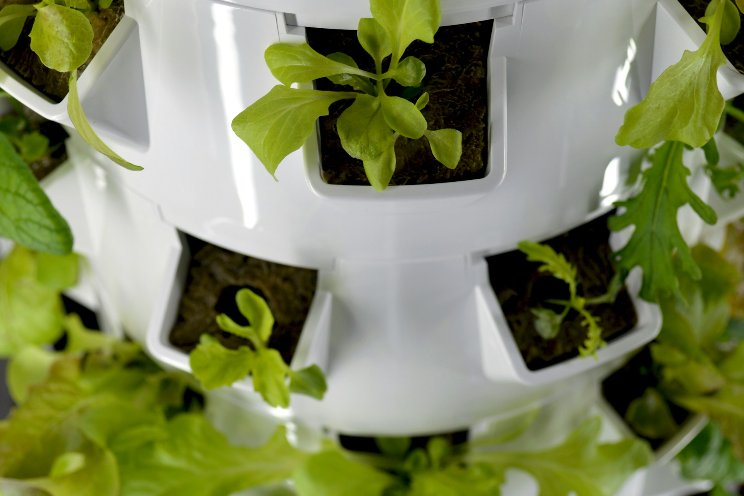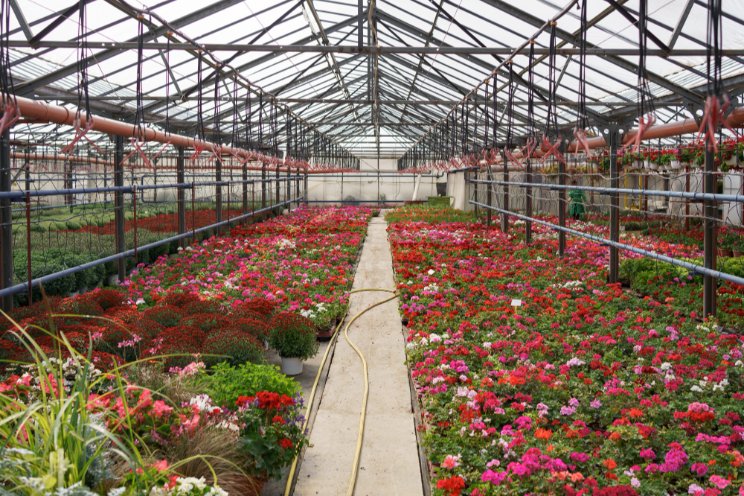The basics of effective greenhouse light management
Added on 06 November 2023
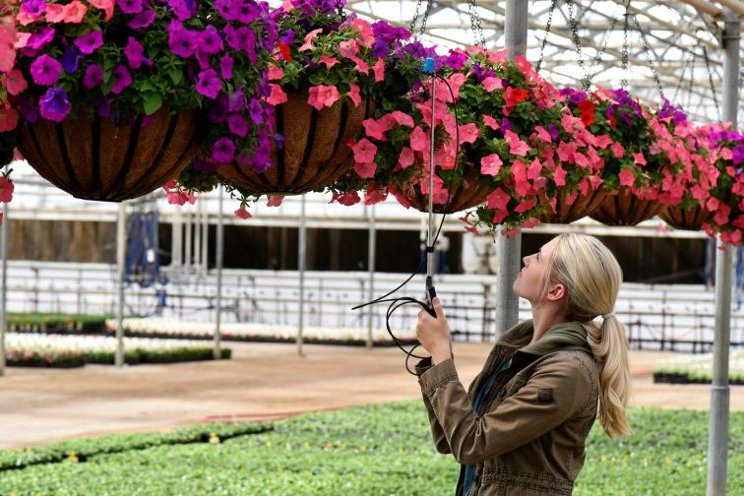
“Among all the environmental variables that affect plant growth, light is the most underappreciated,” says Dr. Bruce Bugbee, Professor of Environmental Plant Physiology at Utah State University and President of Apogee Instruments. “People don’t measure it. Growers attribute poor plant growth to other factors.”
You probably wouldn’t purchase and use thousands of dollars of expensive fertilizers without some way to measure what concentrations you use. Yet, many operations spend tens of thousands of dollars on supplemental lighting — fixtures, controllers, and energy — without measuring any parameter of the light they’re supplying to their crops.
“If a grower is interested in maximizing their production and has or is considering using supplemental lighting, measuring light (either on a periodic or continuous basis) is almost certainly necessary,” says Dr. Timothy Shelford, Research Associate at Cornell University, Rutgers University, and Greenhouse Lighting and Systems Engineering (GLASE).
More news
